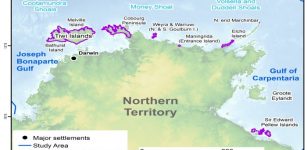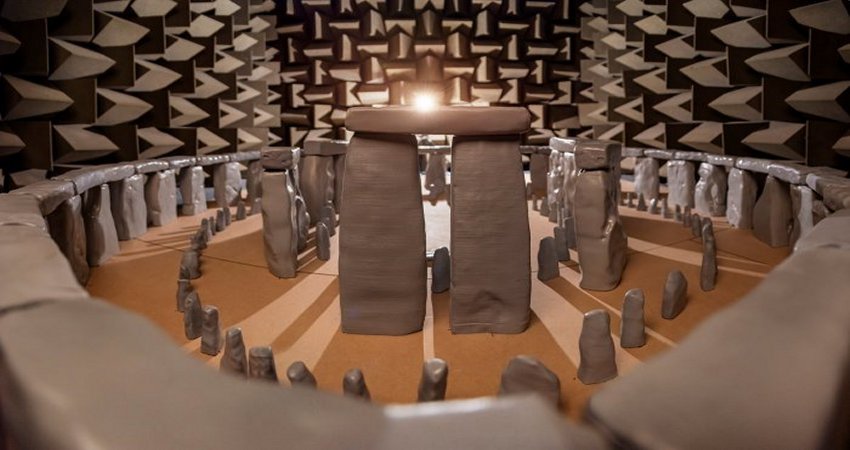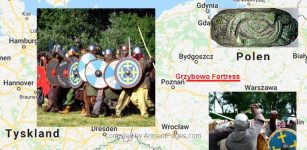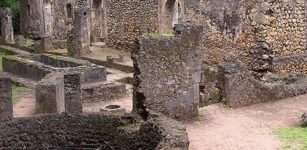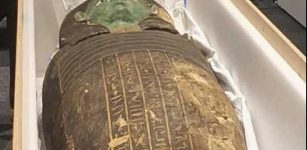Biskupin: A 2,700-Year-Old Defensive Settlement Of Lusatian Settlers In Poland
MessageToEagle.com – Biskupin is a 2700-year-old defensive settlement is located on a peninsula in Lake Biskupin, in north-west Poland. The discovery of Biskupinin in 1933 by a schoolteacher was one of the most important events in 20th century Polish archaeology.
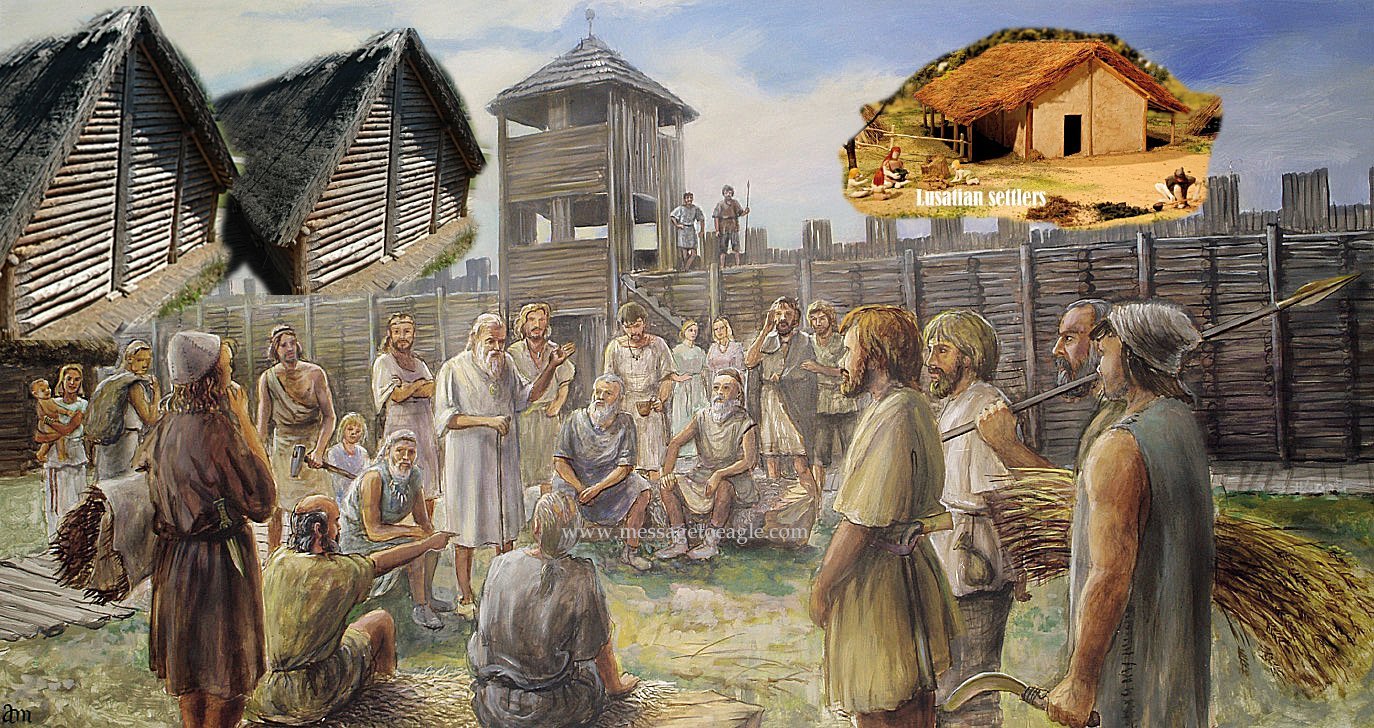
The site of Biskupin was inhabited mainly in the Early Iron Age, from about 700-400 BC, and was associated with the activity of the Lusatian settlers in the area.
It was a fortified settlement of a type fairly common within this region of Poland at this time. The site’s timber structures are very well-preserved because they were waterlogged for more than 2,000 years. This process enabled a reconstruction of Biskupin and recovery of more than 5 million different artifacts from the site.
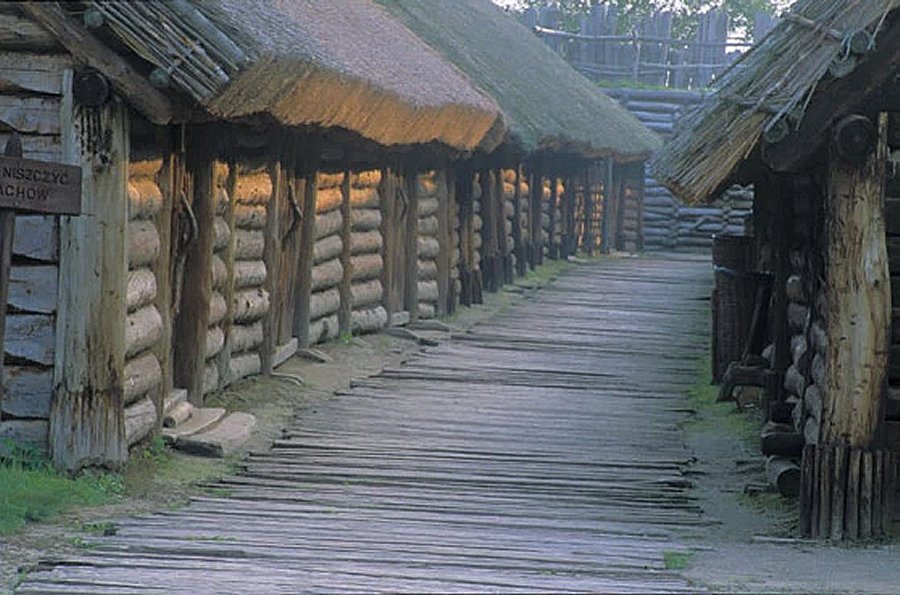
Excavation began in 1934 and lasted up to the outbreak of the World War II. Unfortunately, during the war, many ancient records and on-site made reconstructions were destroyed.
Moreover, the Nazi authorities covered up the excavations of Biskupin, with sand and the woodwork began to dry out and perish. In 1946, the excavation and restoration of Biskupin was resumed.
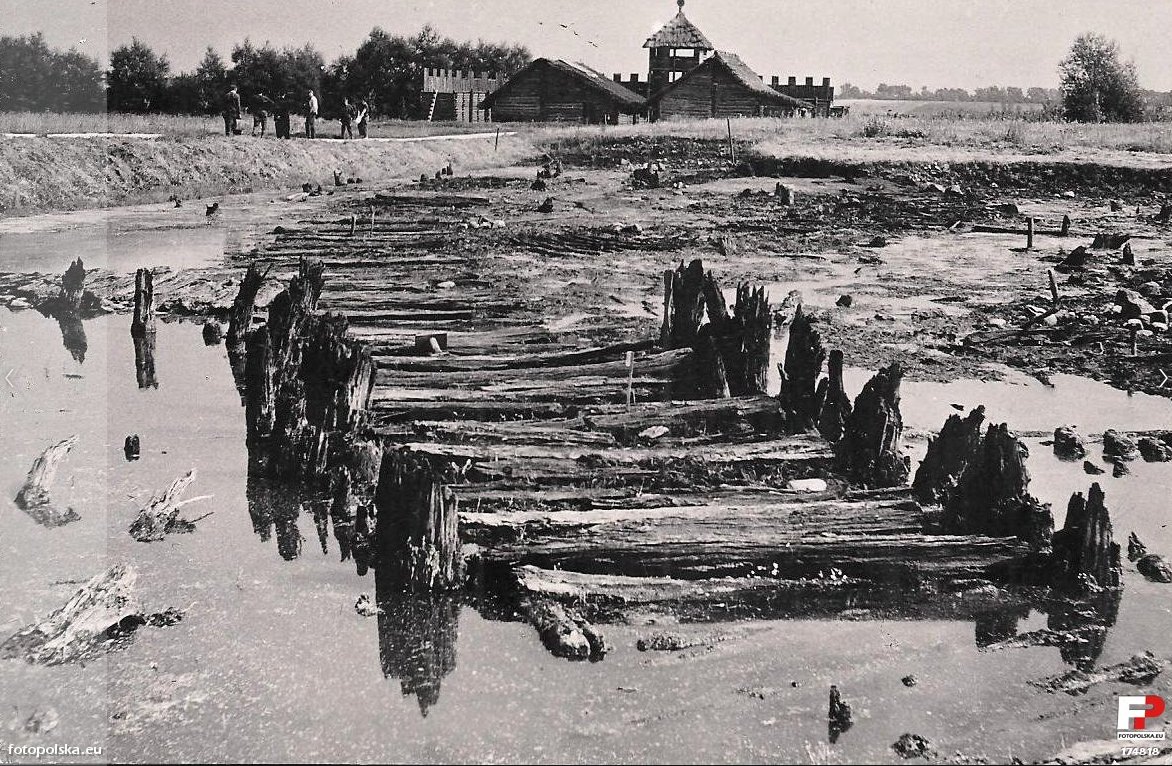
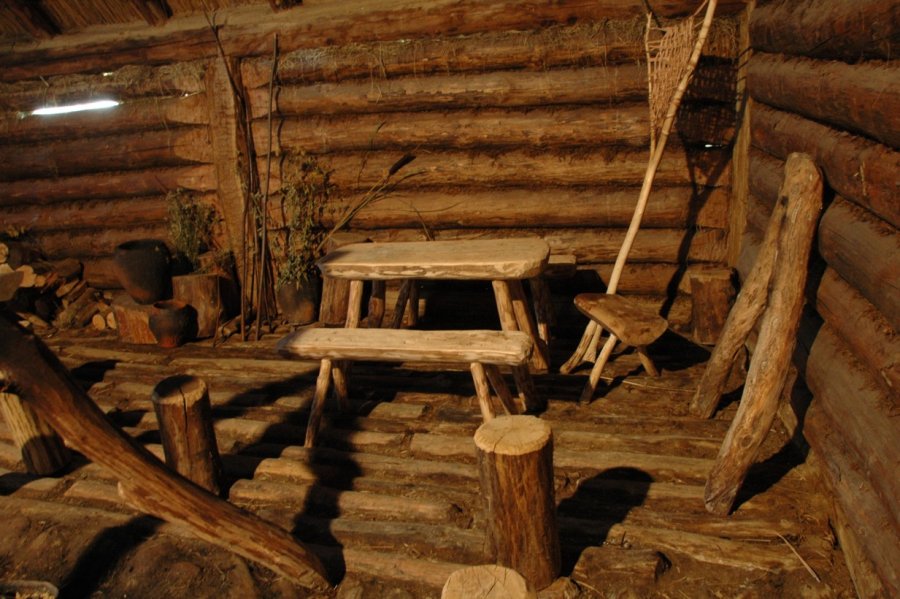
The inhabitants of Biskupin were farmers, animal breeders and hunters. They skillfully utilized natural resources and had wide trading contacts, but to live in relative safety, they had to build fortifications.
Surrounded by a massive shaft, the settlement had 13 long houses with more than 100 living quarters, each with a porch and a main room. It is estimated it could inhabit up to 1,000 people. The settlement was abandoned after about 150 years.
Biskupin covered about 2 hectares (5 acres) and was enclosed by a rampart (3m (10ft) wide, 6m (20ft) high and made of sand, clay and stones. The rampart was further strengthened. The gateway was 8m (26ft) was connected with an oak causeway extending 120 (130yd) to the lakeside.
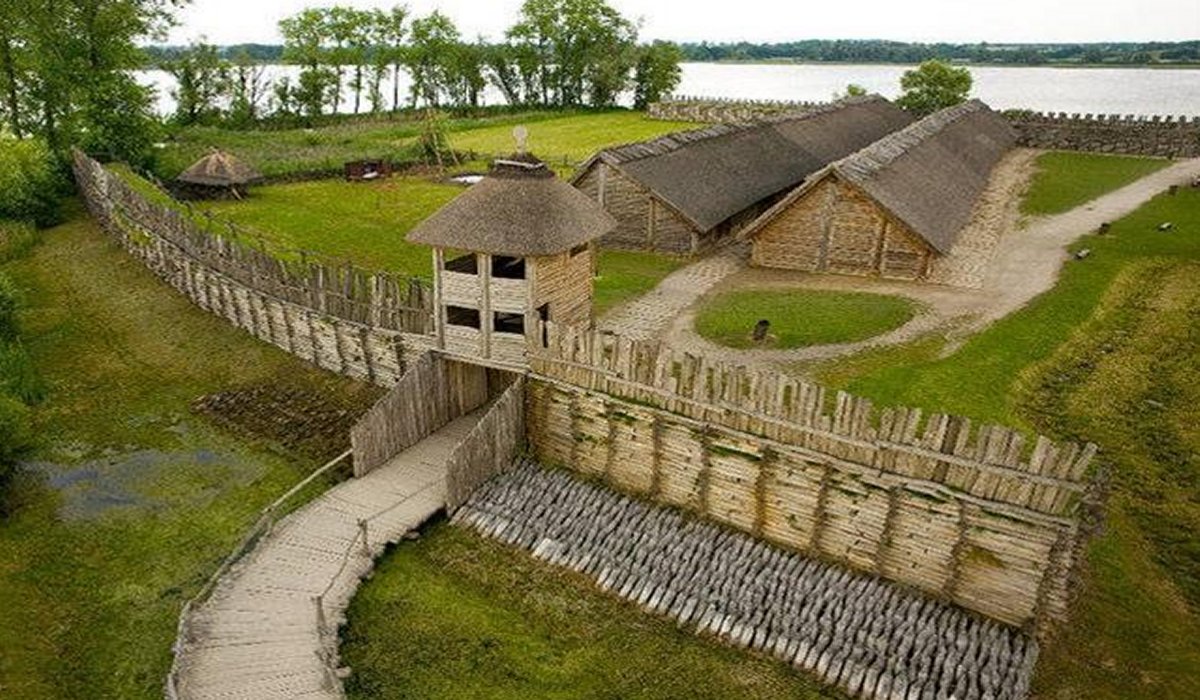
The settlement was carefully planned, and obviously required vast quantities of timber to construct it. The buildings did not reveal any evidence of a social hierarchy, which could indicate these people lived in an egalitarian society, without a chief.
See also:
9,000-Year-Old Shaman’s Sanctuary Discovered In North-Western Poland
Winged Hussars: Facts And History About The Polish Warriors, Their Armor And Military Tactics
From the finds, there is evidence of fishing, domesticated animals, hunting and wooden plough. There were also found remains of bronze and bone working that took place within the settlement.
After about forty years, Biskupin was destroyed by fire, possibly in a Scythian attack; the inhabitants of Biskupin built a smaller settlement inside the ramparts. About 80 years later, in the late 5th century, the settlement was once again destroyed and burned by Scythian invaders. Again, it was time to abandon the place.
However, sporadic occupation on the site still continued but only on a very much reduced scale, because of continuously rising water levels in the lake due to the climate change at that time.
Copyright © MessageToEagle.com This material may not be published, broadcast, rewritten or redistributed in whole or part without the express written permission of MessageToEagle.com



